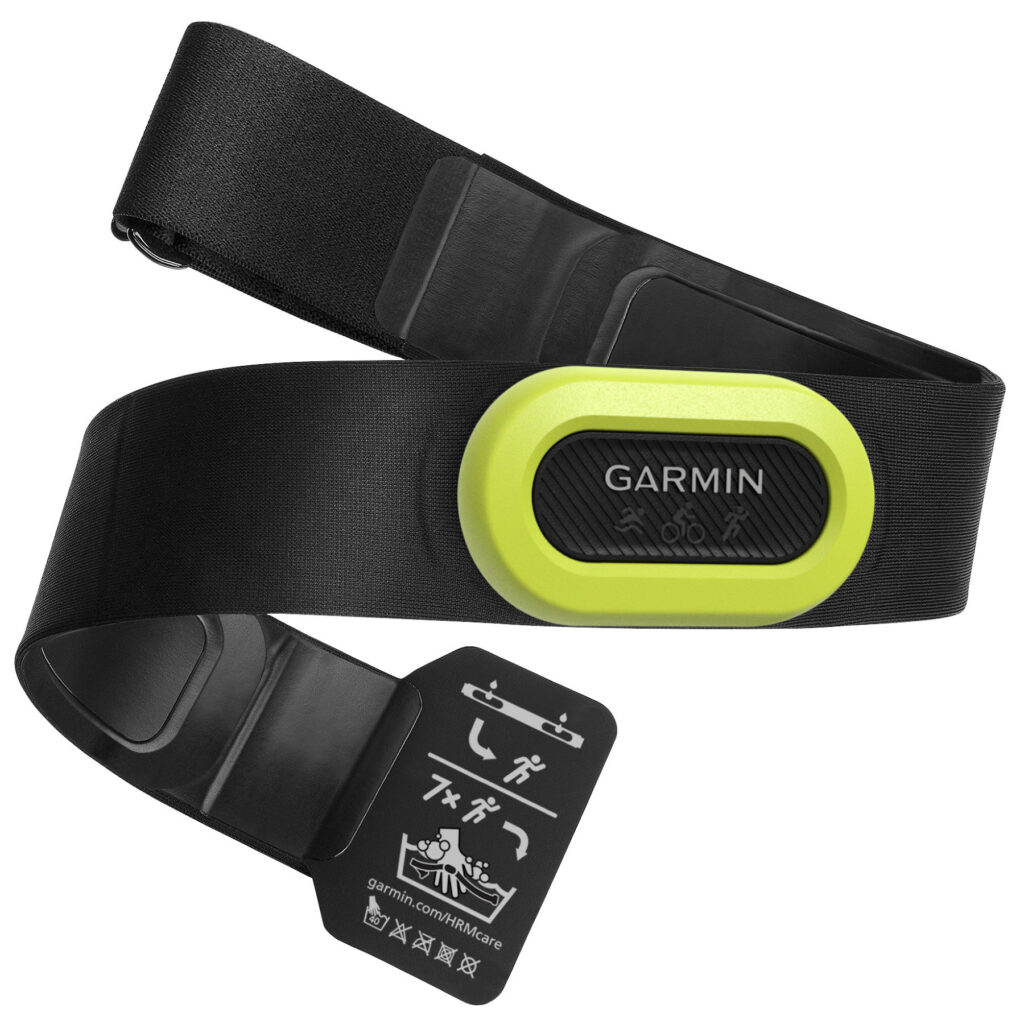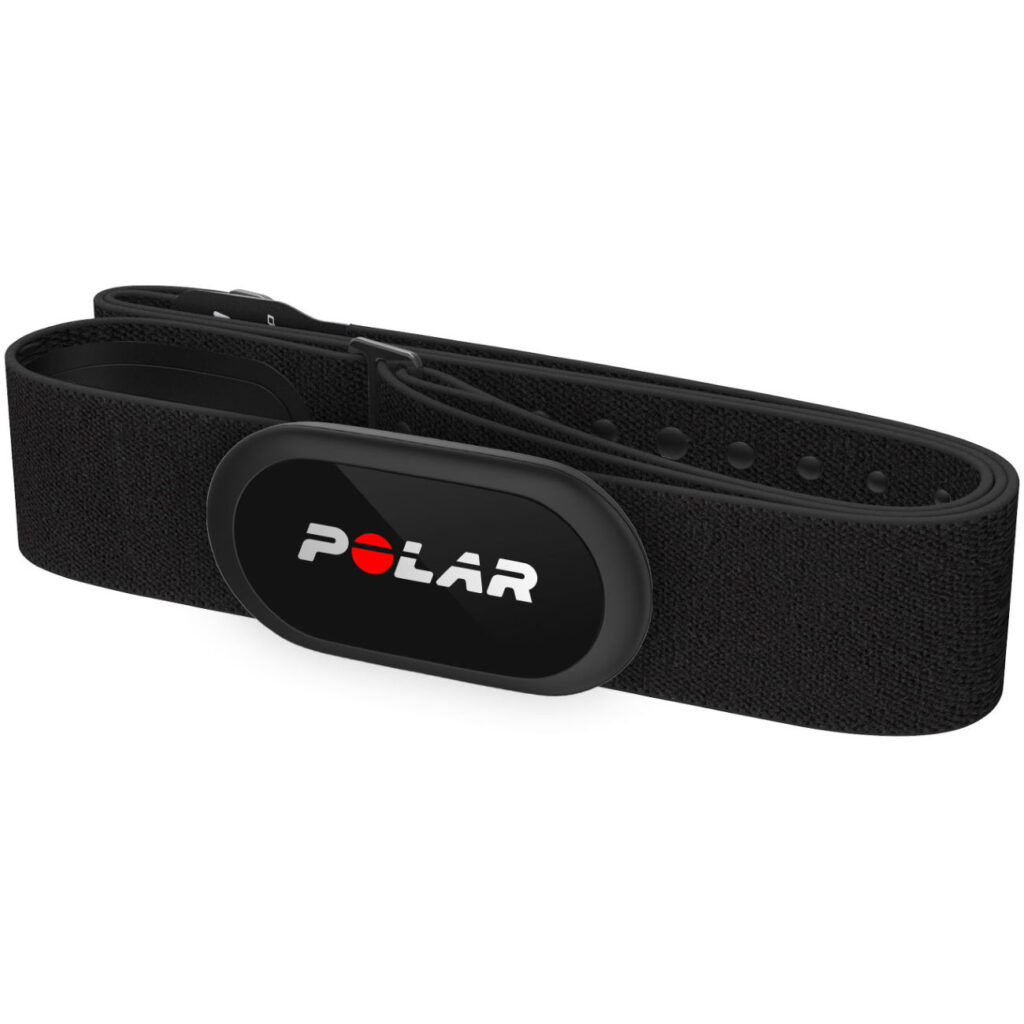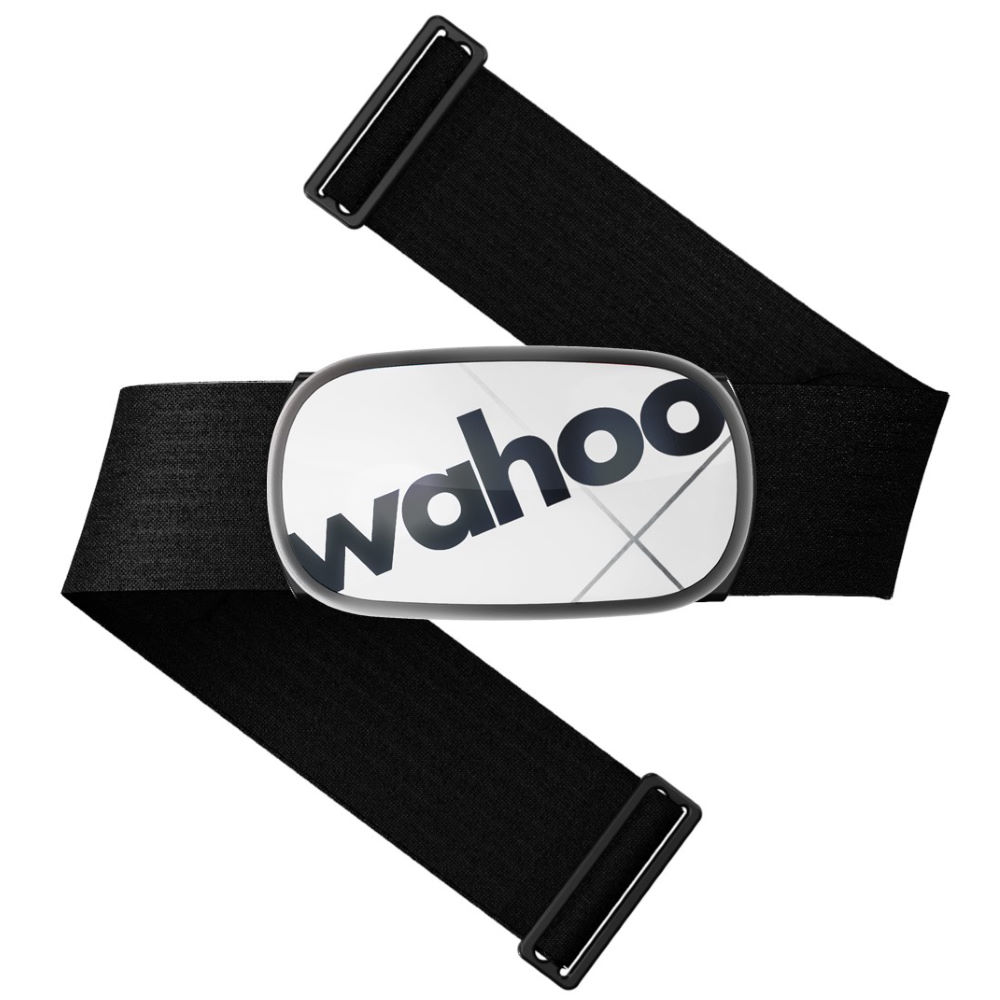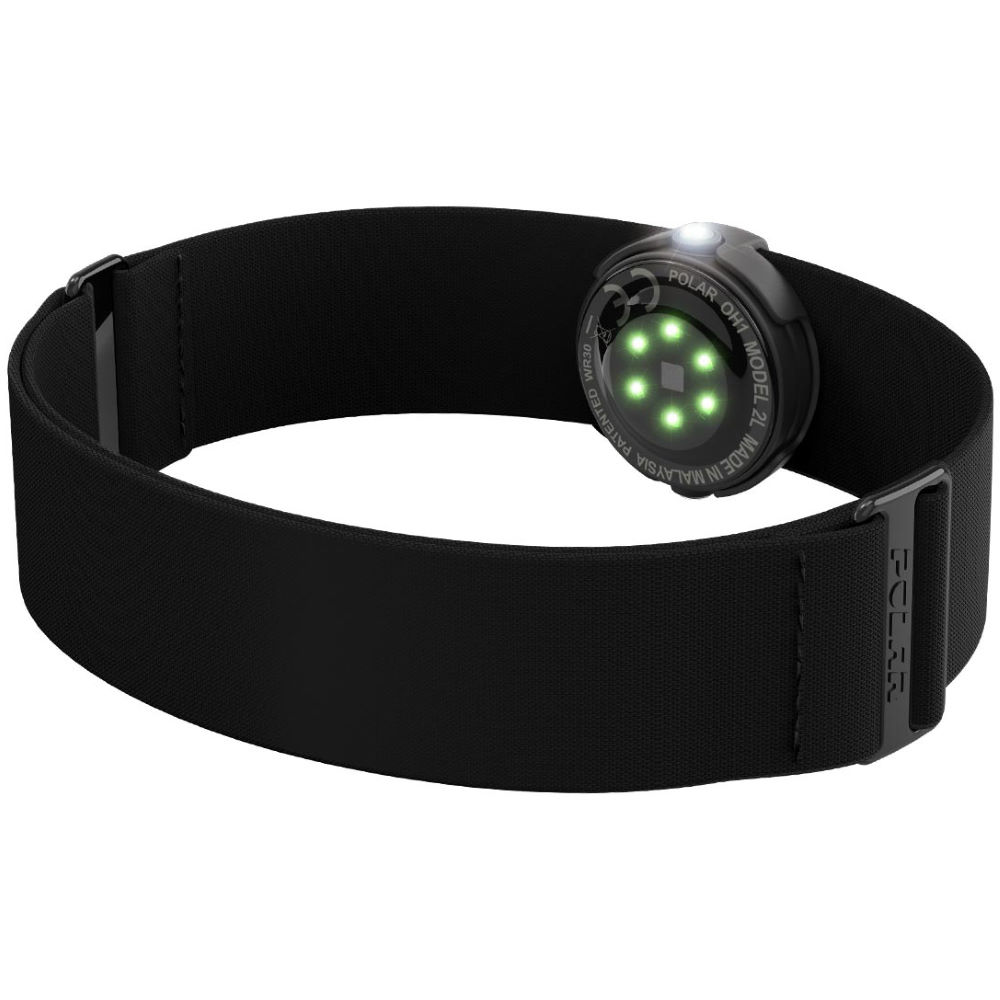Best triathlon heart rate monitor
What is the best heart rate monitor for triathlon? We discuss the best devices on the market to help you improve your training and become a better triathlete.
Do You need a heart rate monitor for triathlon?
You do not need a heart rate monitor to become a great triathlete. However, knowing exactly how hard you are working will help you improve much faster. A heart rate monitor will prevent you from accidentally working too hard in your workouts. Similarly, it can help you make sure you are pushing hard enough in interval sessions. Used correctly, a heart rate monitor can help make your triathlon training far more effective.
How do you like to train?
If you prefer a more relaxed attitude to triathlon training, you won’t get much from a heart rate monitor. However, if you enjoy following structured workouts and want to make big improvements a heart rate monitor is an essential tool.
What to look for in a triathlon heart rate monitor
Design
As you will be wearing your HRM during exercise it needs to be comfortable. The strap should be lightweight, robust, and made from high-quality materials. Most HRMs use a chest strap but HRMs with an arm strap can suit some people better.
Connectivity
You will need to connect your HRM to another device to be able to see your heart rate in real-time. Most monitors use ANT+ or Bluetooth to connect to other devices. Some are capable of connecting to multiple devices simultaneously using either technology. This can be useful if you have a complex indoor training set up. Make sure your device will be compatible with the heart rate monitor you choose.
Features
The most important feature is the accurate heart rate data. Without this, you will not be able to train effectively. High-end HRMs can also measure various running and cycling metrics, or allow you to record a workout without needing to wear a watch. If you want to use it in the pool, you will need to make sure it is capable of recording heart rate while underwater.
Battery
Most HRMs come with a battery that will last for around a year before needing to be replaced. However, there are a few that come with rechargeable batteries, which you may find more useful.
Brand
If you want to use a HRM you will most likely already have a triathlon watch. Most devices are designed to work best with the same brand of watch. For example, if you choose a Garmin HRM that can record various running metrics, you will only be able to view these on a Garmin watch. For this reason, you may want to stick with the same brand for your watch and heart rate monitor.
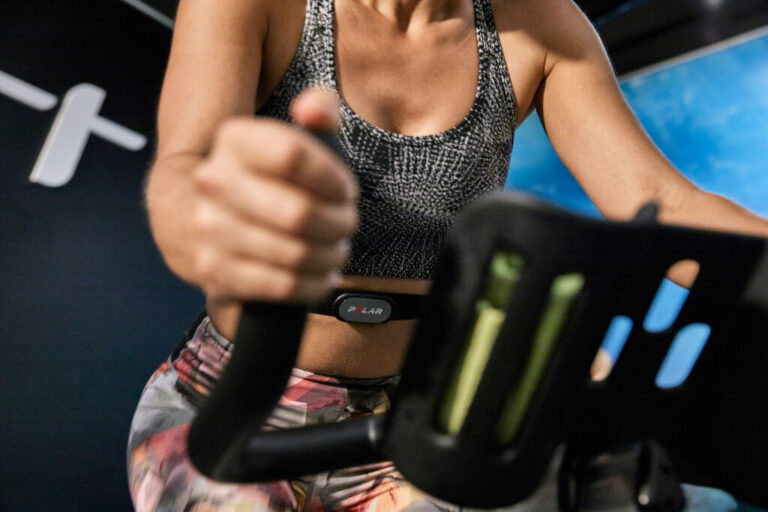
Can i just use my triathlon watch?
Many higher-end triathlon watches come with a heart rate monitor built into them. This can be great for triathletes who don’t like using a chest strap. However, the readings from a wrist-based sensor are generally less accurate than a chest strap. For this reason, a chest strap will be more useful during interval workouts where your heart rate is fluctuating lots. Furthermore, some people find that wrist-based monitors are especially inaccurate because of their hair or skin color.
If you want to save money or just don’t like having to remember to bring lots of devices with you when you train, then a triathlon watch with a built-in HRM may be enough for you. However, if you want to get the most accurate readings, one of these heart rate monitors could help you improve the way you train.
Best triathlon heart rate monitor
Full disclosure: Some of the links below are affiliate links. If you buy something through one of the links, we receive a small commission, at no extra cost to you. This helps keeps the website running. Thank you for your support.
| Name | Price | Connectivity | Swimming? | Battery life | Weight |
|---|---|---|---|---|---|
| Garmin HRM Pro | ££££ | ANT+ Bluetooth x2 | Yes | 365 hours | 59g |
| Polar H10 | £££ | ANT+ Bluetooth x2 5 kHz | Yes | 400 hours | 60g |
| Wahoo Tickr X | ££ | ANT+ Bluetooth x3 | No | 500 hours | 48g |
| Polar OH1 | ££ | ANT+ Bluetooth x1 | Yes | 12 hours – rechargeable | 21g |
Best heart rate monitor for triathlon
Summary
The HRM Pro is the best heart rate monitor for triathletes who use a Garmin watch and have a large budget. It has accurate heart rate readings, running analytics, works with ANT+ and Bluetooth, and can be used for swimming. It is the most expensive monitor on the market, but you won’t find this combination of features anywhere else. Garmin users will love it, but if you use a Polar or Suunto watch you may want to save your money.
Design
The strap design is the same as other Garmin heart rate monitors, with two sensing pads. The strap is 12mm thick and the whole thing weighs 58g. It is primarily aimed at triathletes and can be used for swimming, cycling, and running.
Features
The HRM Pro is waterproof up to 50 meters so can be used to record your heart rate while swimming. Unfortunately, the data cannot be transmitted to your watch while underwater so you will not be able to see your heart rate in the pool. However, after your swim the data will sync to your Garmin watch, allowing you to see your average heart rate during various intervals. This will allow you to get valuable training insights that help you improve your swimming. Furthermore, using the HRM Pro will be more accurate than using your triathlon watch with a wrist-based sensor.
The HRM Pro is not the ideal strap for pool swimming as it is not chlorine resistant. It can also struggle to stay in place when you push off hard from the wall. Wearing a swimsuit or tri suit over your chest can mitigate this by holding the strap in position, but for pool swimming the HRM Swim is a better choice. The Pro does well in open water though so is ideal for triathlons, as it will be comfortable for the entire race.
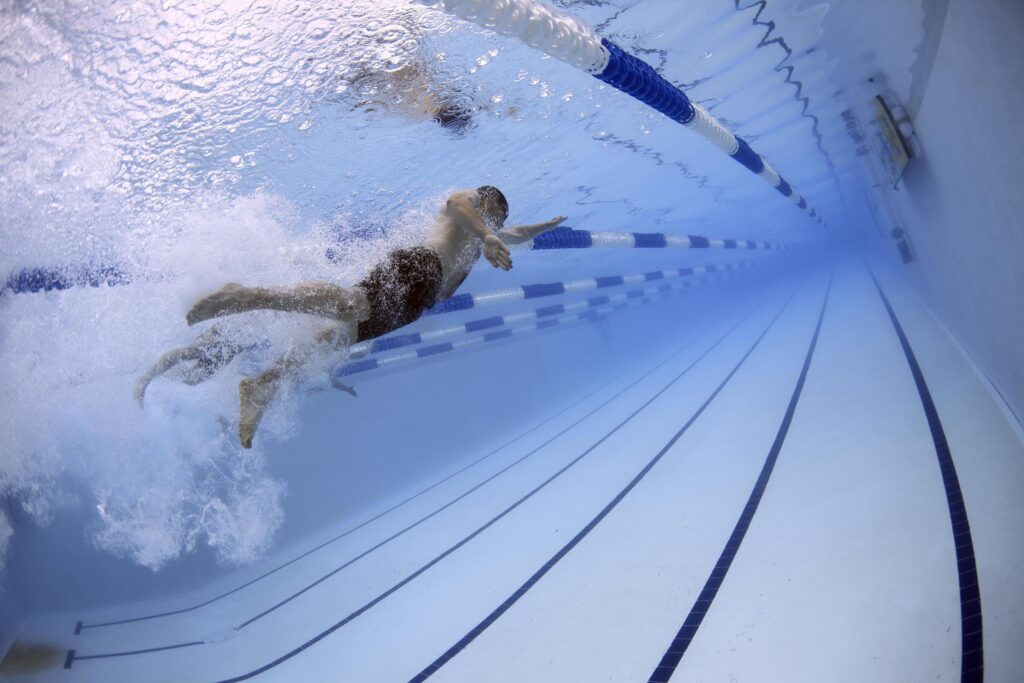
Like other heart rate monitors in this price range, the HRM Pro provides running analytics to help you improve your form. These include cadence, vertical oscillation, ground contact time, and stride length. However, you will only be able to see this data on a Garmin watch.
The device can also help with your daily activity tracking. You don’t need to be wearing your watch, and it will record your steps, calories, and intensity minutes. This can be useful for those who want to record their heart rate during an activity but don’t want to wear a watch, such as doing martial arts or CrossFit.
Connectivity
The HRM Pro can transmit data over ANT+ connectivity and Bluetooth technology, so you have a range of training options. It supports up to two Bluetooth connections simultaneously, so is great for using Zwift or gym equipment. This is one of the few Garmin HRMs that can utilize a Bluetooth connection.
Battery
The coin cell battery will last for 12 months of training for 1 hour per day, although many users will find it lasts longer than this. Whilst this is on par with similar monitors, there are many alternatives that are cheaper and have a much longer battery life. For example, the Garmin HRM Dual will last for approximately 3.5 years.
Alternative models
Garmin offers many similar models that may be a better fit for you. The HRM Swim is ideal if you want to do lots of pool swimming. It won’t slip down while you swim and is chlorine resistant. However, it can be uncomfortable if used while cycling or running.
The HRM Tri is the predecessor to the Pro and has many of the same features. The key difference is that it does not work with Bluetooth so won’t work with as many devices. It also lacks a few of the newer features like stand-alone activity monitoring. However, the HRM Tri is a great alternative if the Pro is too expensive for you.
For an even cheaper option from Garmin, the HRM Dual is a great choice if you just want a quality device to measure your heart rate. It is ANT+ and Bluetooth compatible and the battery will last for years. There are cheaper options for basic monitors but this is a great choice if you use a Garmin device.
Pros
- ANT+ and 2 Bluetooth Connections
- Works in the pool
- Running analytics
Cons
- Expensive
- Not the best HRM for swimming
- Works best with Garmin watches
Most versatile heart rate monitor
Summary
The Polar H10 is a fantastic heart rate monitor for triathlon training. It has great connectivity options, the strap is comfortable and well designed, and it works well in the pool. Most importantly, you can trust the heart rate readings to be accurate. Anyone with a Polar watch should look no further, and it still a great choice for triathletes with a different brand of watch.
Design
The Polar H10 strap features silicone dots and a more secure buckle that help keep it in place while exercising. This makes it ideal for all three triathlon disciplines, as it stays in place in the pool and is comfortable for cycling and running. High-quality electrodes on the strap make the heart rate readings more accurate. The strap weighs 39g and the module is 21g and just 10mm thick. You can choose from multiple sizes depending on your chest size.
Features
Polar straps are renowned for their accurate heart rate readings and the H10 is no different. You can be sure that the readings you receive are correct, which is especially useful if you normally use a wrist-based sensor.
Like some other heart rate monitors, you can record your heart rate without needing to wear a watch due to the built-in memory. However, unlike the Wahoo Tickr X, it only has space for one training session at a time.
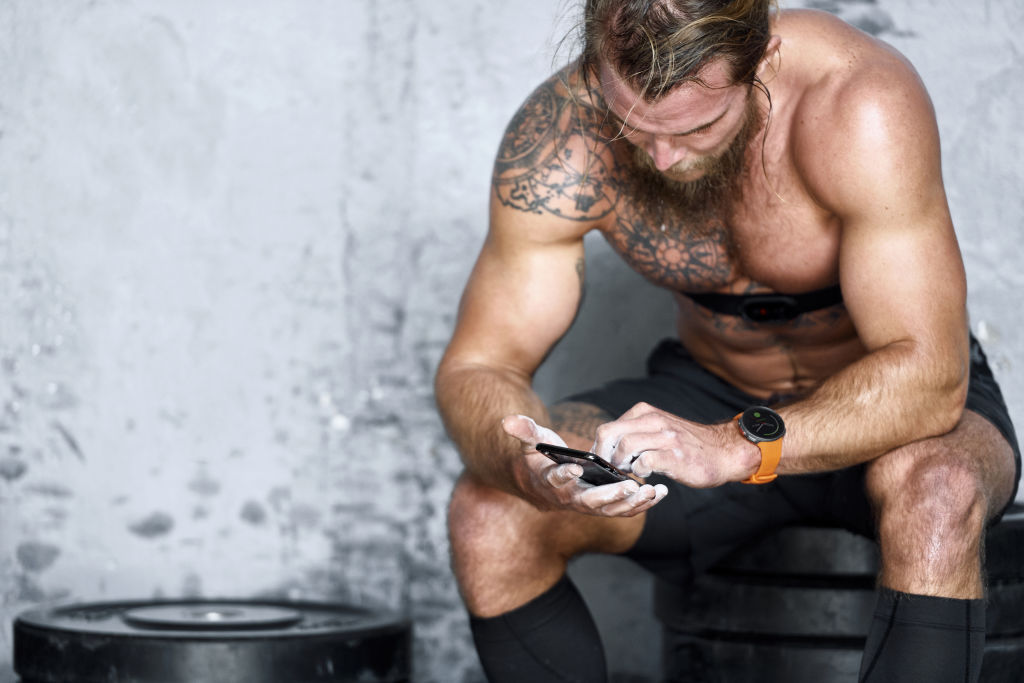
(Image credit: Polar)
The H10 is one of the only heart rate monitors that can provide live heart rate data while underwater. It does this by using 5 kHz analog transmission, so it will only work with watches that support this. If you have a compatible Polar watch and want to see live heart rate data in the pool, this is the HRM for you.
If you don’t have a Polar device, you can save your data on the strap and send it to the Polar Beat app on your phone. You can also use the app to see your training benefits and estimate your VO2max. Similarly, with Polar Flow you can plan your training and analyze the results.
Connectivity
This heart rate monitor comes with great connectivity options. It supports ANT+ and up to two Bluetooth connections, so can connect to almost any device. This should be sufficient for most indoor training setups. Furthermore, it can utilize 5 kHz transmission that allows it to connect to older gym equipment.
Battery
The coin cell battery will last for around 400 hours of training. This equates to around a year of training for an average triathlete before you need to change the battery, which you can do yourself.
Alternative models
The Polar H9 is actually a newer model but is more affordable than the H10. It is a more simple heart rate monitor that is designed to compete with the Wahoo Tickr and Garmin HRM Dual. You do lose the built-in memory and can only get one Bluetooth connection. However, if these things aren’t as important to you then the H9 makes a great value alternative to the H10.
Pros
- Accurate heart rate readings
- Provides data while underwater
- High-quality strap
- Great connectivity options
Cons
- Internal memory only stores 1 workout
- No advanced analytics
Best value triathlon heart rate monitor
Summary
The Wahoo Tickr X is a versatile heart rate monitor that is cheaper than many similar models. The ANT+ and Bluetooth connections are great for those with a complete indoor training setup, as are the advanced metrics it provides. Although it can be used in the pool, it has a low waterproof rating so is not guaranteed to work. However, for cycling and running it will be hard to find a better monitor at this price.
Design
There are two LEDs on top of the monitor that let you know when you are searching for or connected to a device. This can be useful if you have any connection issues, as you know if the HRM is working.
It is one of the lightest and slimmest heart rate monitors at just 48g and 12mm thick. The sensor is integrated into the strap to provide a secure fit that doesn’t move when exercising. It clips on at the front so you won’t have to fumble with a side attachment.
Features
The Wahoo Tickr X comes with an accelerometer that gives you a wide range of additional data. For runners looking to improve their form, you can analyze your ground contact time, vertical oscillation, and stride cadence. It can also calculate your calories burned and indoor cycling cadence. However, if you have a quality triathlon watch it may be able to provide this data already.
The Tickr X can also store up to 50 hours of workouts with the on-board memory. This allows to you train without a watch or phone but still record your heart rate data.
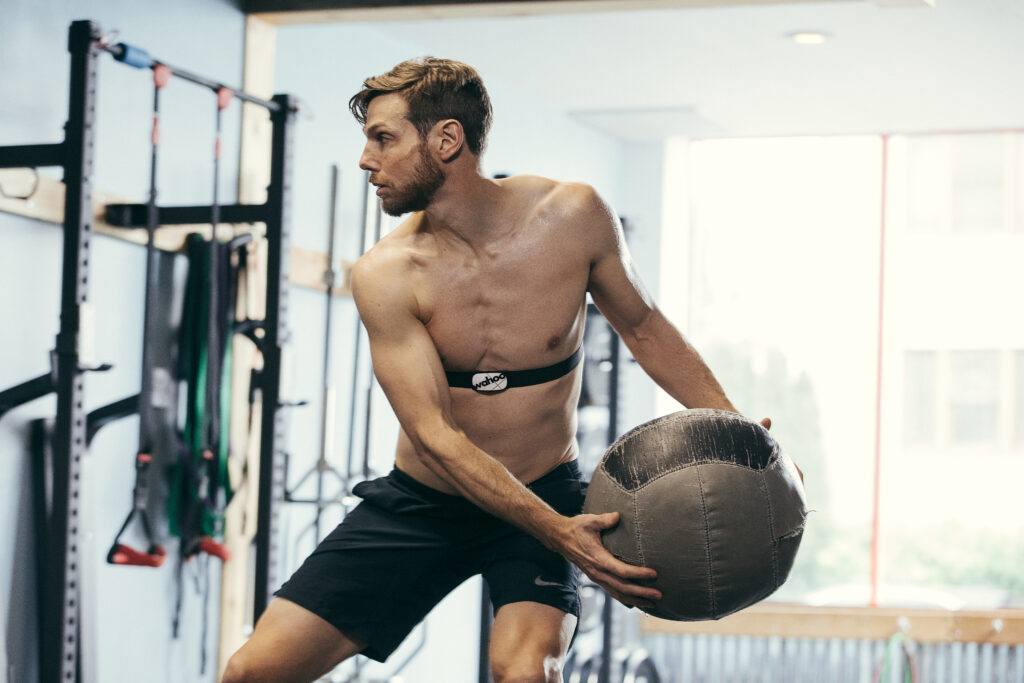
(Image credit: Wahoo)
Connectivity
One of the biggest selling points of the Tickr X is the ability to connect to a range of apps and devices. It comes with both ANT+ and Bluetooth technology, so will be able to connect to any device you have. Furthermore, it supports up to 3 Bluetooth connections at the same time. This is ideal for people with an indoor cycling setup, as it can connect to a training app, your head unit, and a KICKR headwind.
Battery
The coin cell battery will last for 500 hours of training, which is a big improvement on the previous model. For most triathletes, this is enough to last for at least a year. You can also replace the battery yourself when it runs out.
Alternative models
If you don’t need all the functionality of the Tickr X, Wahoo’s entry-level model will save you some money. The Tickr doesn’t provide the running analytics or come with internal memory, but is potentially the best value heart rate monitor on the market. The build quality and ANT+/Bluetooth connection capability make the Tickr a fantastic choice. If all you are looking for is basic heart rate data, you’ll struggle to find a better device at this price.
Pros
- Great value for money
- ANT+ and 3 Bluetooth Connections
- Cycling and running analytics
Cons
- Not suitable for swimming
Best non-chest strap heart rate monitor
Summary
The Polar OH1 is the best triathlon heart rate monitor for people who want accurate data but don’t enjoy using a chest strap. The goggle attachment makes it easy to use in the pool, while the armband is comfortable for running and cycling. Additionally, the rechargeable battery means that you won’t have to worry about replacing it after a year.
Design
The Polar OH1 is very different from the other HRMs on this list because it is an optical sensor that you wear on your arm. If you don’t enjoy using chest straps, this is a great alternative that still offers comfort and accurate readings.
It can be worn on the upper or lower arm depending on your preference. It also comes with an extra clip that you can use to attach to your goggles. This allows you to avoid the hassle of a chest strap in the pool. The whole device weighs just 20.5g and comes in a range of strap sizes and colors.
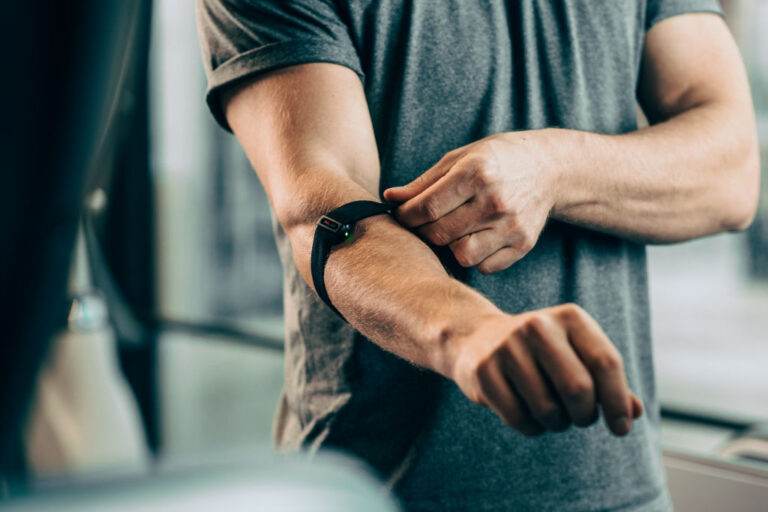
(Image credit: Polar)
Features
The 6-LED optical sensor generally provides very accurate heart rate readings. As it is worn on the arm, it can get closer to the skin than a wrist-based sensor. Similarly, you can avoid the common chest strap problem of not enough moisture to get a good reading.
The OH1 comes with an internal memory that can store up to 200 hours of workouts. This allows you to train without the need for a watch or smartphone.
Whilst not the perfect heart rate monitor for swimming, the OH1 is a great device for swimmers who don’t like to use chest straps. It can be worn on the arm, but the pod can flip over so using the goggle attachment will result in better readings. Unfortunately, it cannot broadcast live data whilst underwater, but you can view your data on the Polar Beat app after your swim.
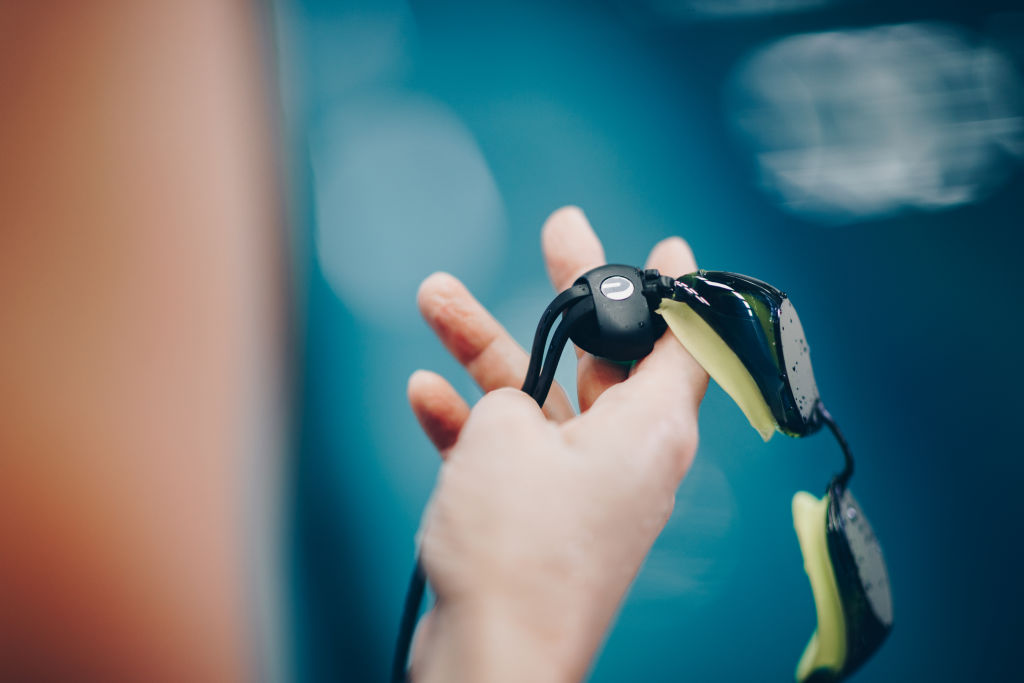
(Image credit: Polar)
Connectivity
The OH1 can connect to a range of devices using either ANT+ or Bluetooth. However, unlike some other monitors, it can only support one Bluetooth connection at the same time. It also lacks the 5 kHz transmission that allows the Polar H10 to transmit data underwater.
Battery
Unlike the other chest straps on this list, optical heart rate monitors generally come with a rechargeable battery. This means it will likely last longer overall than a standard HRM battery, but you will have to charge it often. The OH1 will last for 12 hours of training between charges.
Alternative models
The main alternatives to the Polar OH1 are the Scosche Rhythm 24 and the Wahoo Tickr FIT. The Tickr FIT has a massive battery life of 30 hours so is ideal for those who hate having to plug it in. However, it doesn’t have an internal memory and cannot be used for swimming. Alternatively, the Scosche Rhythm 24 offers a wide range of useful features and a long battery life but is not as accurate at the OH1.
Pros
- Versatille design
- Accurate heart rate data
- Rechargeable
Cons
- Battery life not great
- Only 1 Bluetooth connection
- No advanced analytics
What is the best heart rate monitor for triathlon?
All of the heart rate monitors on this list are high-quality devices. Your choice may be simple if you want to stick with the same brand as your triathlon watch. For example, if you use a Polar Vantage then you will be able to utilize all of the features of the H10 or the OH1. However, if you aren’t that interested in the extra features that the HRM offers, you can choose from any brand.
| Name | Price | Connectivity | Swimming? | Battery life | Weight |
|---|---|---|---|---|---|
| Garmin HRM Pro | ££££ | ANT+ Bluetooth x2 | Yes | 365 hours | 59g |
| Polar H10 | £££ | ANT+ Bluetooth x2 5 kHz | Yes | 400 hours | 60g |
| Wahoo Tickr X | ££ | ANT+ Bluetooth x3 | No | 500 hours | 48g |
| Polar OH1 | ££ | ANT+ Bluetooth x1 | Yes | 12 hours – rechargeable | 21g |
Garmin
The Garmin HRM Pro is the most expensive for a reason; no other HRM offers the same features that it does. It is perfect for using during a triathlon race, but you may prefer the HRM Swim for regular pool swimming. However, you do need to be using a Garmin watch to get the most out of it.
Polar
For Polar users, the H10 does everything well. It is comfortable, provides accurate data, and is the only HRM that can provide live heart rate data while underwater. If you don’t like using a chest strap, the Polar OH1 is a great alternative that is easy to use for all three triathlon disciplines. The goggle attachment makes it far better for pool swimming than chest straps.
Wahoo
The best value heart rate monitor for triathlon is probably the Tickr X. It has many of the same features as the H10 or HRM Pro but for a lower price. It also beats those two in terms of battery life and Bluetooth connections. Similarly, for a basic HRM the Tickr is hard to beat for the price.
Email: contact@smarttriathlete.com
